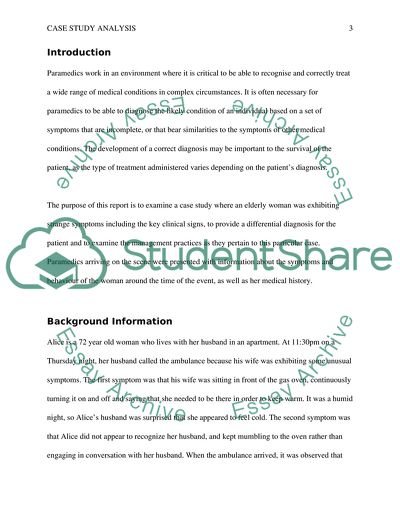Cite this document
(“Neuroimaging of the Acute Stroke Patient Case Study”, n.d.)
Neuroimaging of the Acute Stroke Patient Case Study. Retrieved from https://studentshare.org/nursing/1781042-assignment-case-analysis
Neuroimaging of the Acute Stroke Patient Case Study. Retrieved from https://studentshare.org/nursing/1781042-assignment-case-analysis
(Neuroimaging of the Acute Stroke Patient Case Study)
Neuroimaging of the Acute Stroke Patient Case Study. https://studentshare.org/nursing/1781042-assignment-case-analysis.
Neuroimaging of the Acute Stroke Patient Case Study. https://studentshare.org/nursing/1781042-assignment-case-analysis.
“Neuroimaging of the Acute Stroke Patient Case Study”, n.d. https://studentshare.org/nursing/1781042-assignment-case-analysis.


